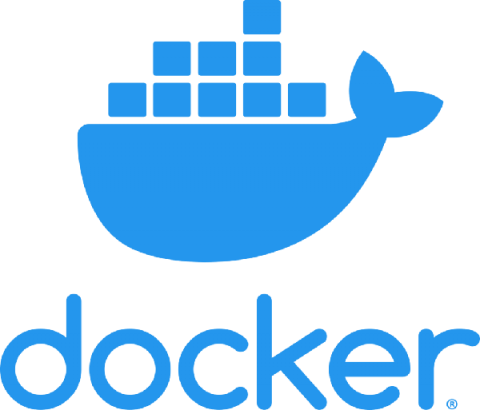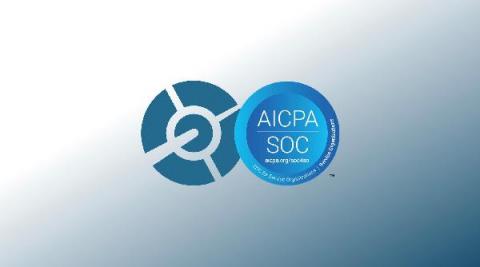Trigger a Codefresh Pipeline from ArgoCD
Codefresh is an awesome platform for doing GitOps deployments to Kubernetes. Starting last year, the Codefresh team has been adding rich integrations with Argo CD and Argo Rollouts, GitOps observability dashboards, and more. Codefresh pipelines, in particular, have played an integral role in our customers’ progressive delivery workflows by allowing them to orchestrate all of the testing, analysis, and rollback activities that work in conjunction with Argo CD synchronization.











